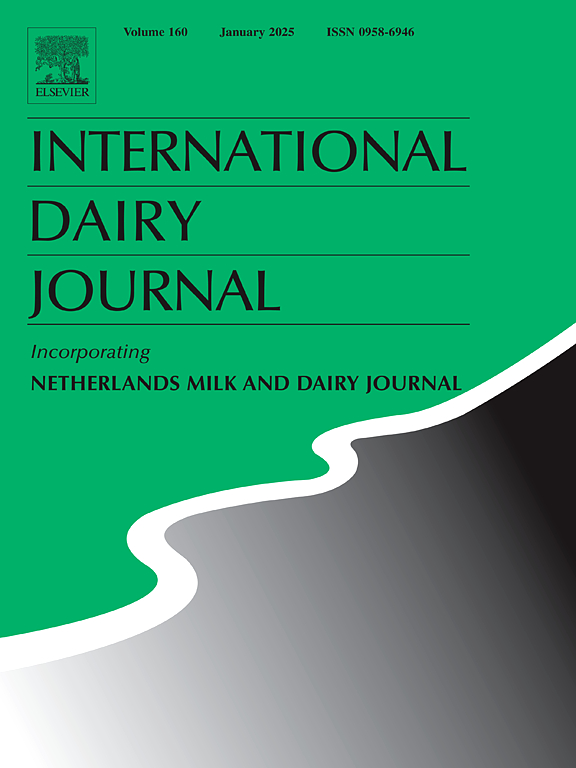膜分离技术在乳制品营养成分分离中的应用及其机理
IF 3.4
3区 农林科学
Q2 FOOD SCIENCE & TECHNOLOGY
引用次数: 0
摘要
乳制品行业在食品行业中至关重要,提供营养丰富的乳制品。除了营养方面的贡献,它还为其他行业提供了各种原料。在具有成本效益和环境友好的方法中,膜分离在乳制品行业中脱颖而出。这项技术在加工工业中是必不可少的,它包括根据分子形状和大小分离组分,作为关键的单元操作。在过去的五十年中,膜分离方法在乳制品加工中得到了广泛的应用,包括微滤、超滤、纳滤、反渗透、电渗析和渗透蒸发。本文综述了膜分离技术及其机理,探讨了影响分离效率的因素、膜的种类及其具体应用。此外,膜分离技术的最新进展,管理乳制品废物进行了讨论。该研究强调了膜分离在分离蛋白质、分配矿物质和提取生物活性化合物方面的有效性。本研究总结了近年来的研究进展和未来的研究方向,强调需要稳定的方法来长期有效地应用于乳制品行业。本文章由计算机程序翻译,如有差异,请以英文原文为准。
Recent insights into membrane separation technology for partitioning of nutritional components in dairy products - mechanism and applications
The dairy industry is crucial in the food sector by supplying nutritionally rich dairy products. Beyond its nutritional contributions, it also provides a variety of raw materials for other industries. Among the cost-effective and environmentally friendly methods applied within the dairy sector, membrane separation stands out. This technique, essential in processing industries, involves separating components based on molecular shape and size as a key unit operation. Membrane separation methods have been widely utilized in dairy processing over the past five decades, including microfiltration, ultrafiltration, nanofiltration, reverse osmosis, electrodialysis, and pervaporation. This review examines membrane separation technology and mechanisms, exploring factors influencing separation efficiency, types of membranes, and specific applications. Additionally, recent advancements in membrane separation techniques for managing dairy waste are discussed. The study highlights the effectiveness of membrane separation in isolating proteins, partitioning minerals, and extracting bioactive compounds. The study concludes by addressing the recent advances and future research directions, emphasizing the need to stabilize methods for long-term efficacy and optimal application in the dairy industry.
求助全文
通过发布文献求助,成功后即可免费获取论文全文。
去求助
来源期刊

International Dairy Journal
工程技术-食品科技
CiteScore
6.50
自引率
9.70%
发文量
200
审稿时长
49 days
期刊介绍:
The International Dairy Journal publishes significant advancements in dairy science and technology in the form of research articles and critical reviews that are of relevance to the broader international dairy community. Within this scope, research on the science and technology of milk and dairy products and the nutritional and health aspects of dairy foods are included; the journal pays particular attention to applied research and its interface with the dairy industry.
The journal''s coverage includes the following, where directly applicable to dairy science and technology:
• Chemistry and physico-chemical properties of milk constituents
• Microbiology, food safety, enzymology, biotechnology
• Processing and engineering
• Emulsion science, food structure, and texture
• Raw material quality and effect on relevant products
• Flavour and off-flavour development
• Technological functionality and applications of dairy ingredients
• Sensory and consumer sciences
• Nutrition and substantiation of human health implications of milk components or dairy products
International Dairy Journal does not publish papers related to milk production, animal health and other aspects of on-farm milk production unless there is a clear relationship to dairy technology, human health or final product quality.
 求助内容:
求助内容: 应助结果提醒方式:
应助结果提醒方式:


